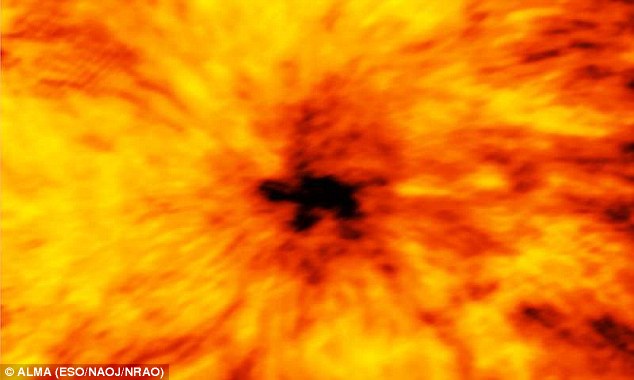Proba-3 Mission – An Overview
The European Space Agency’s (ESA) Proba-3 mission, consisting of two spacecrafts, will demonstrate precision formation flying in space. It is set to revolutionize scientific observation and space applications.
Mission Overview
Proba-3 is an ambitious mission that aims to form a 144-m long solar coronagraph, allowing scientists to study the Sun’s faint corona closer to the solar rim than has ever before been achieved. Achieving precise formation flying opens up a whole new era for science and applications, including Earth observation and in-orbit satellite servicing.
Launch and Deployment
Proba-3’s spacecrafts will be deployed by India’s PSLV in a high Earth orbit. Engineers will subject them to a simulated space environment during the testing phase. The spacecrafts will maintain formation to a few millimetres and arc second precision at distances of 144 m or more for six hours at a time, achieved autonomously without relying on guidance from the ground.
Mission Objectives
Proba-3’s primary goal is to validate strategies, guidance, navigation and control, and other algorithms in space. Maintaining formation throughout the orbit is difficult due to high fuel costs. Therefore, each orbit will be divided between 6 hours of formation flying manoeuvres at apogee and the rest of the orbit in passive safe drifting.
Role of ESA and PSLV
ESA is responsible for designing and implementing Proba-3’s mission, while PSLV will be used to deploy its spacecrafts into orbit. Proba-3 marks the next step in formation flying, and the spacecrafts will be in a highly elliptical orbit of 600 x 60530 km.
Commissioning Period
During Proba-3’s commissioning period, the mission’s Collision Avoidance Manoeuvre will be demonstrated. This ensures that the spacecrafts can be left safely in an orbit with no risk of collision or running away from each other.
Month: Current Affairs – April, 2023
Category: Science & Technology Current Affairs


